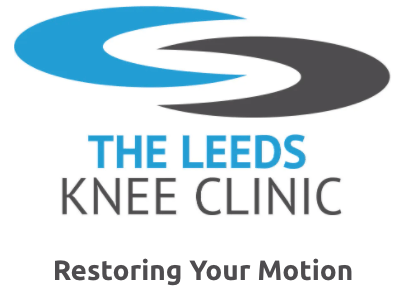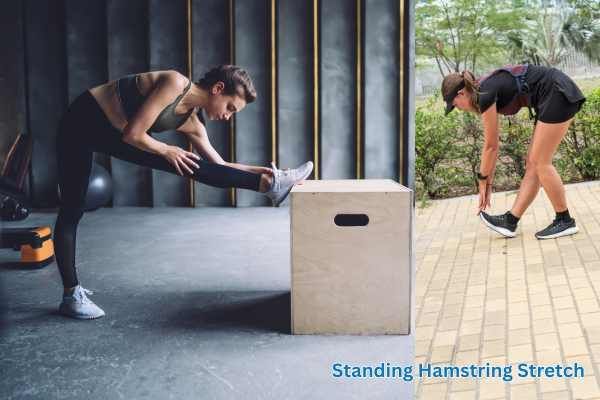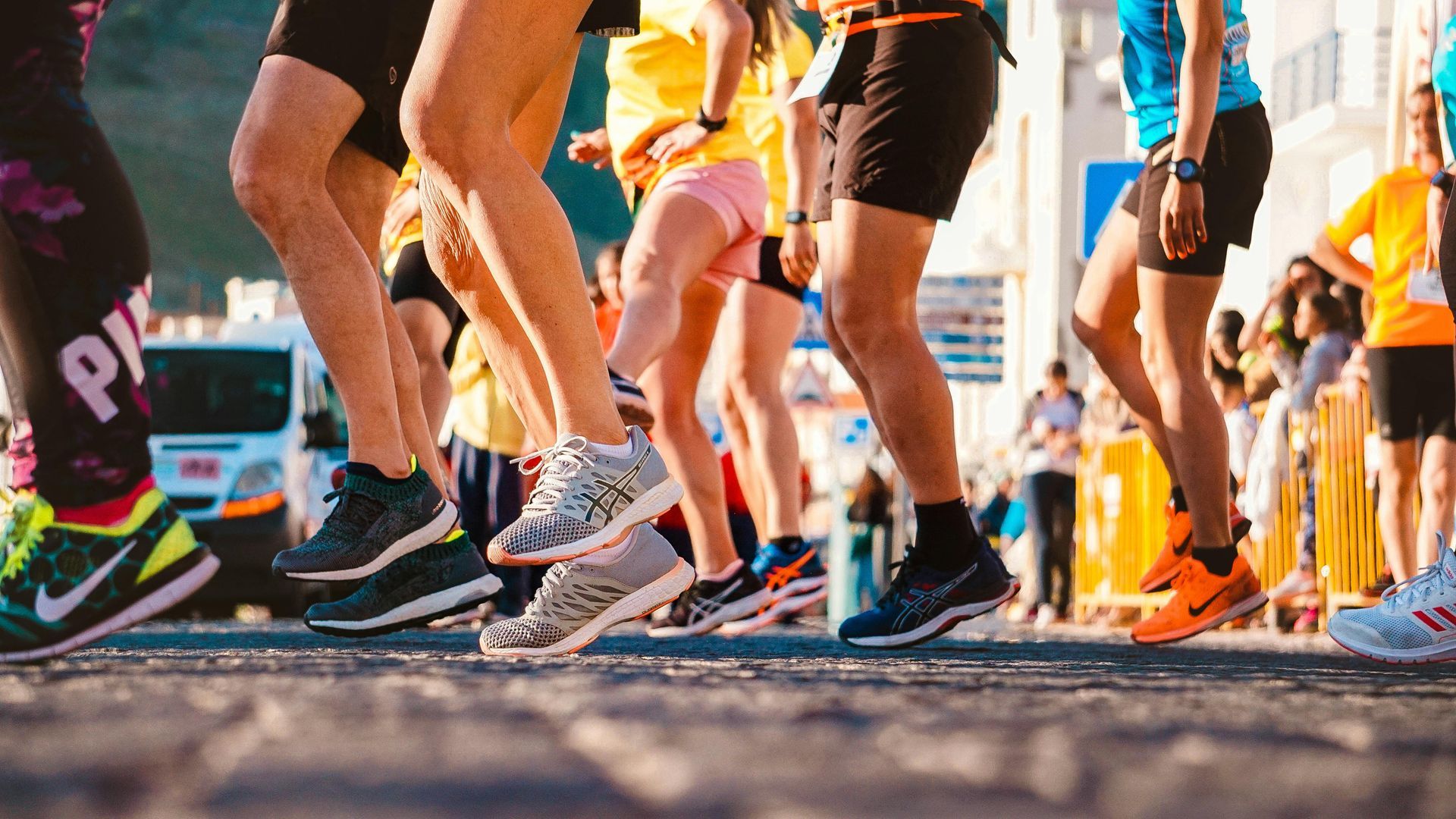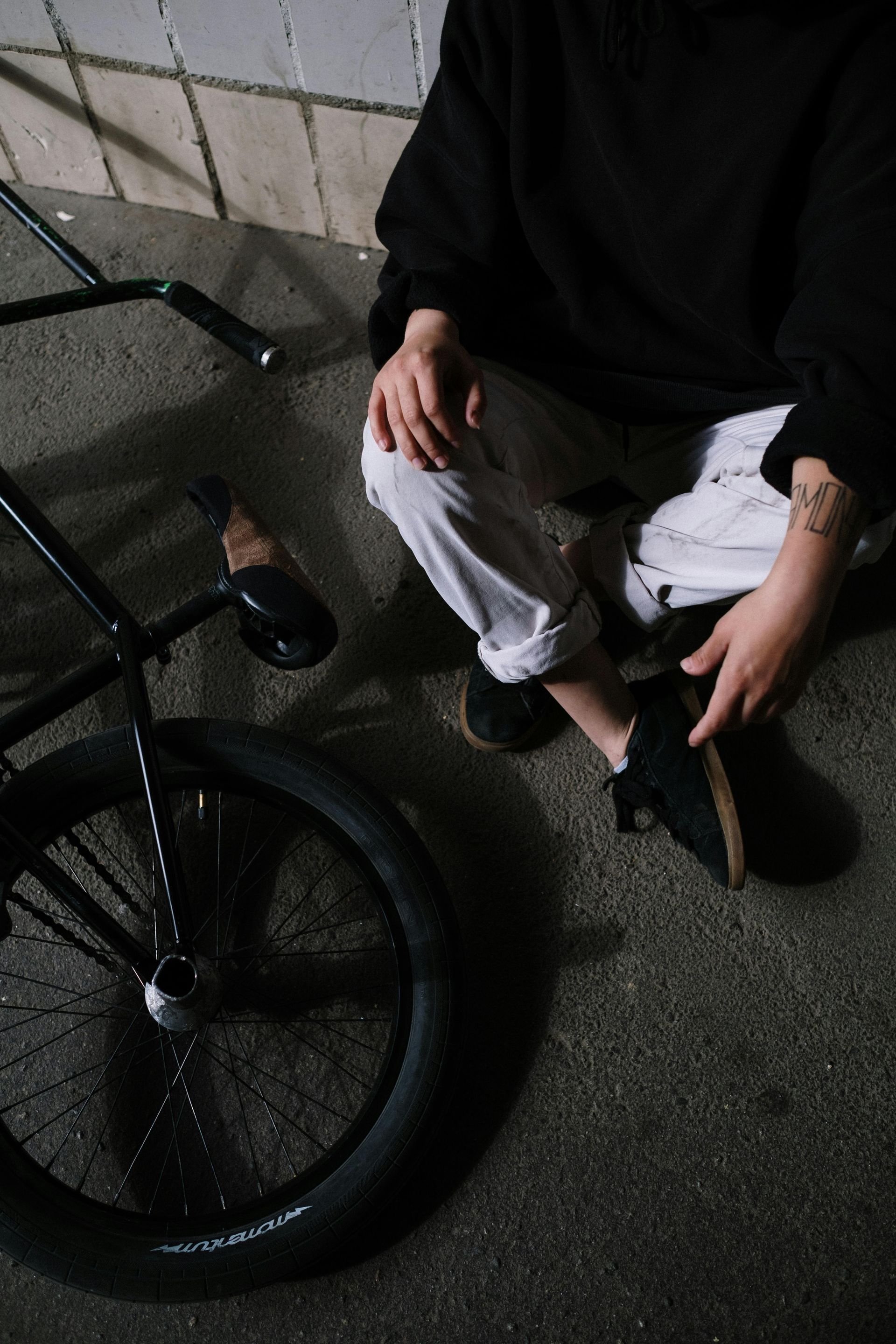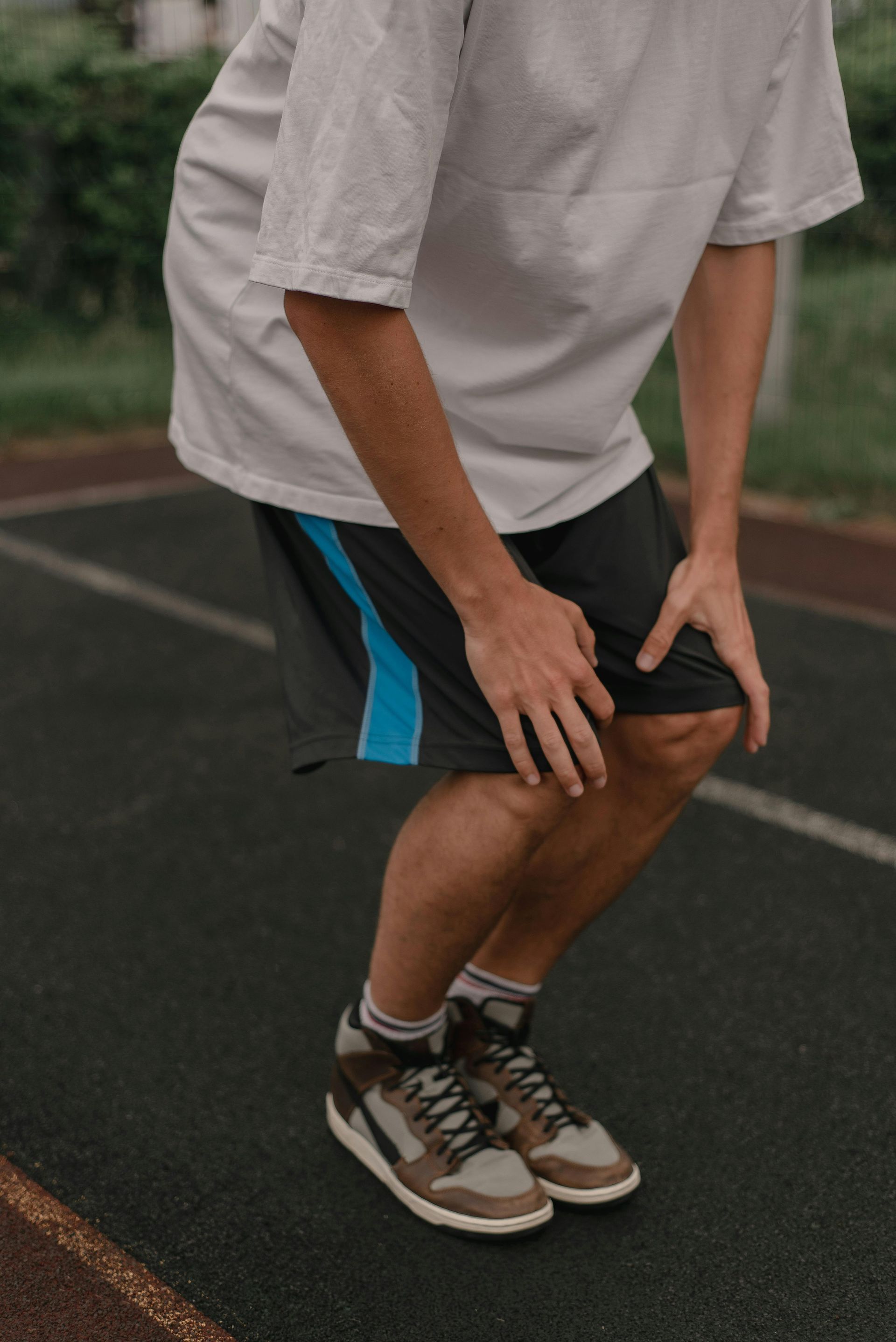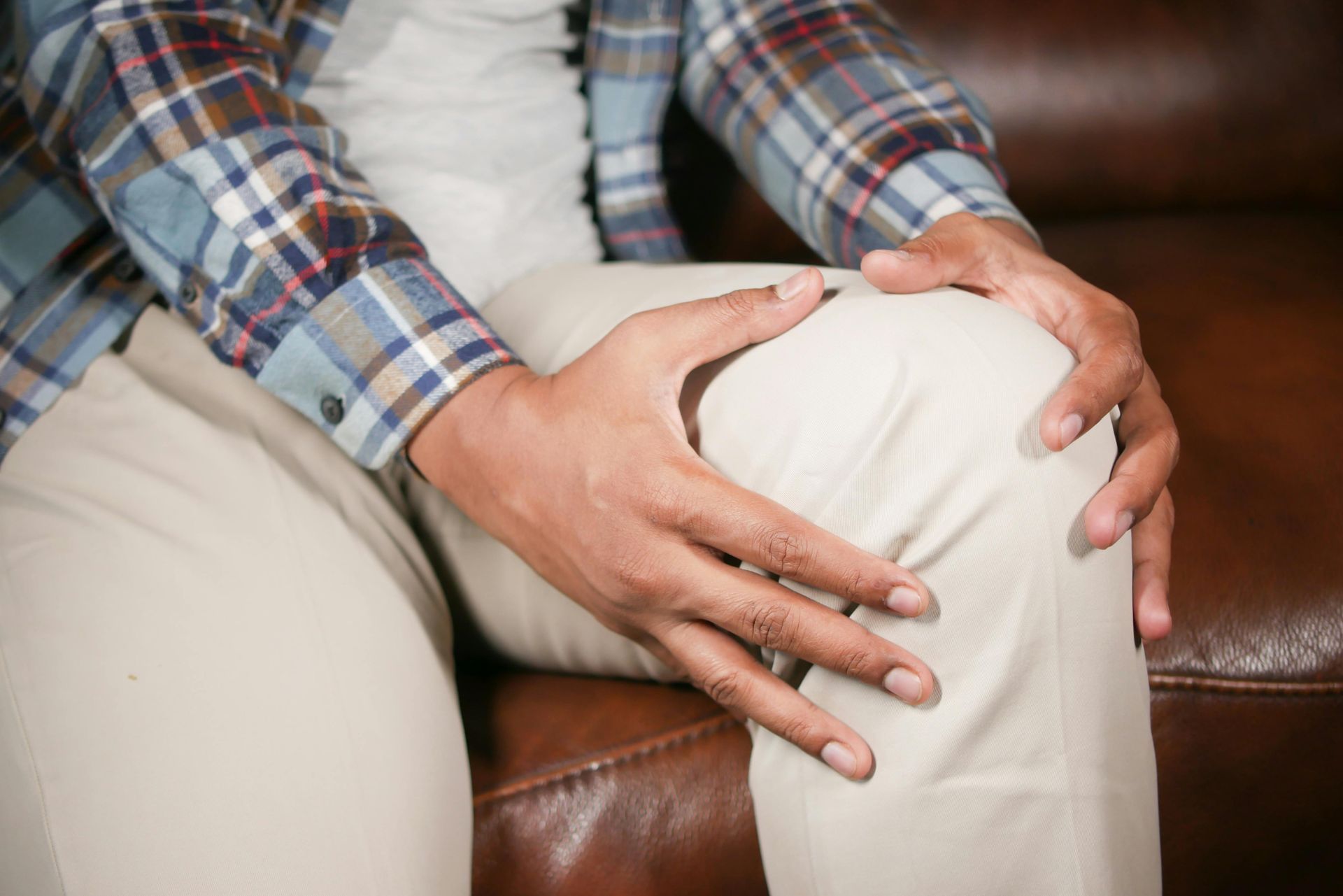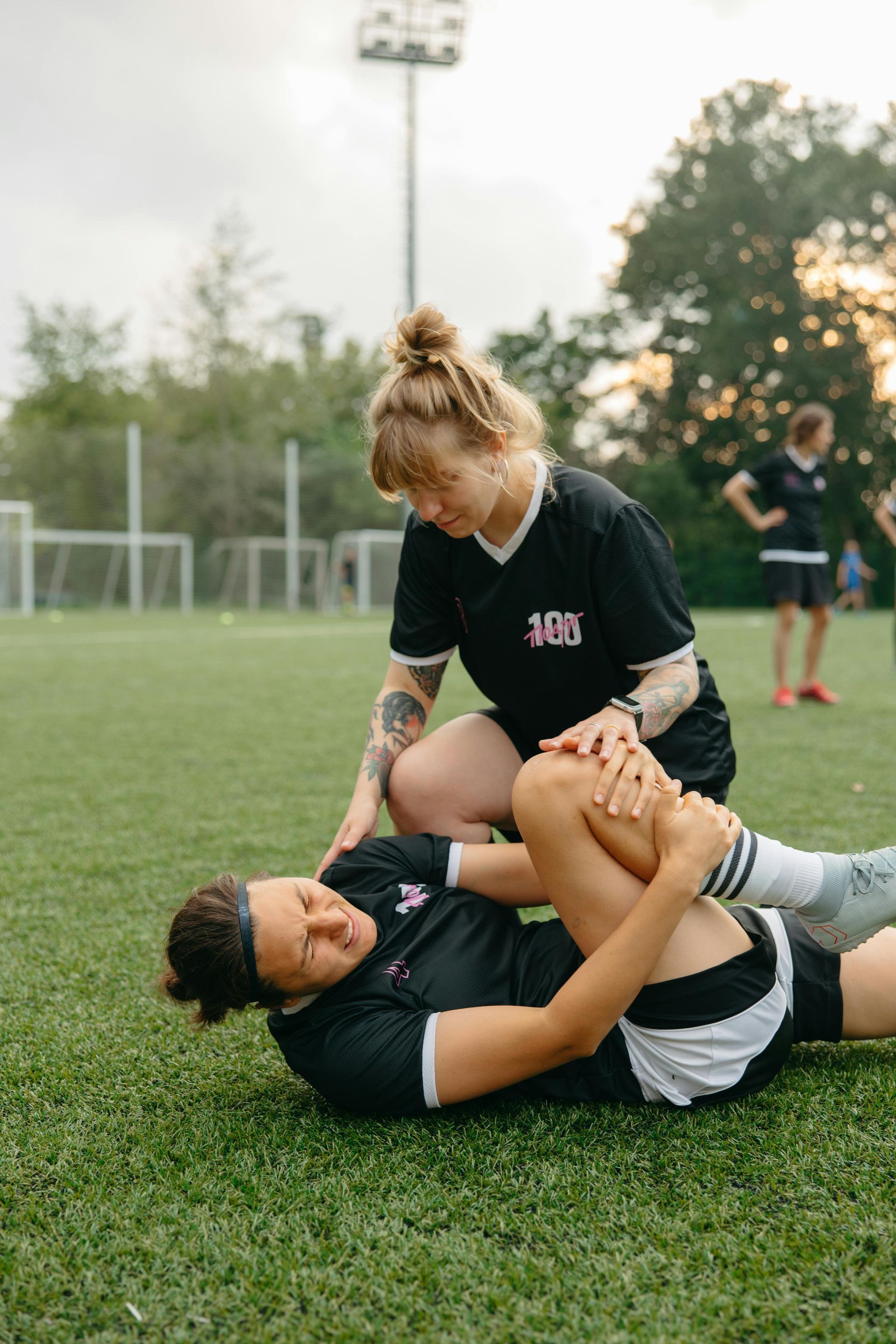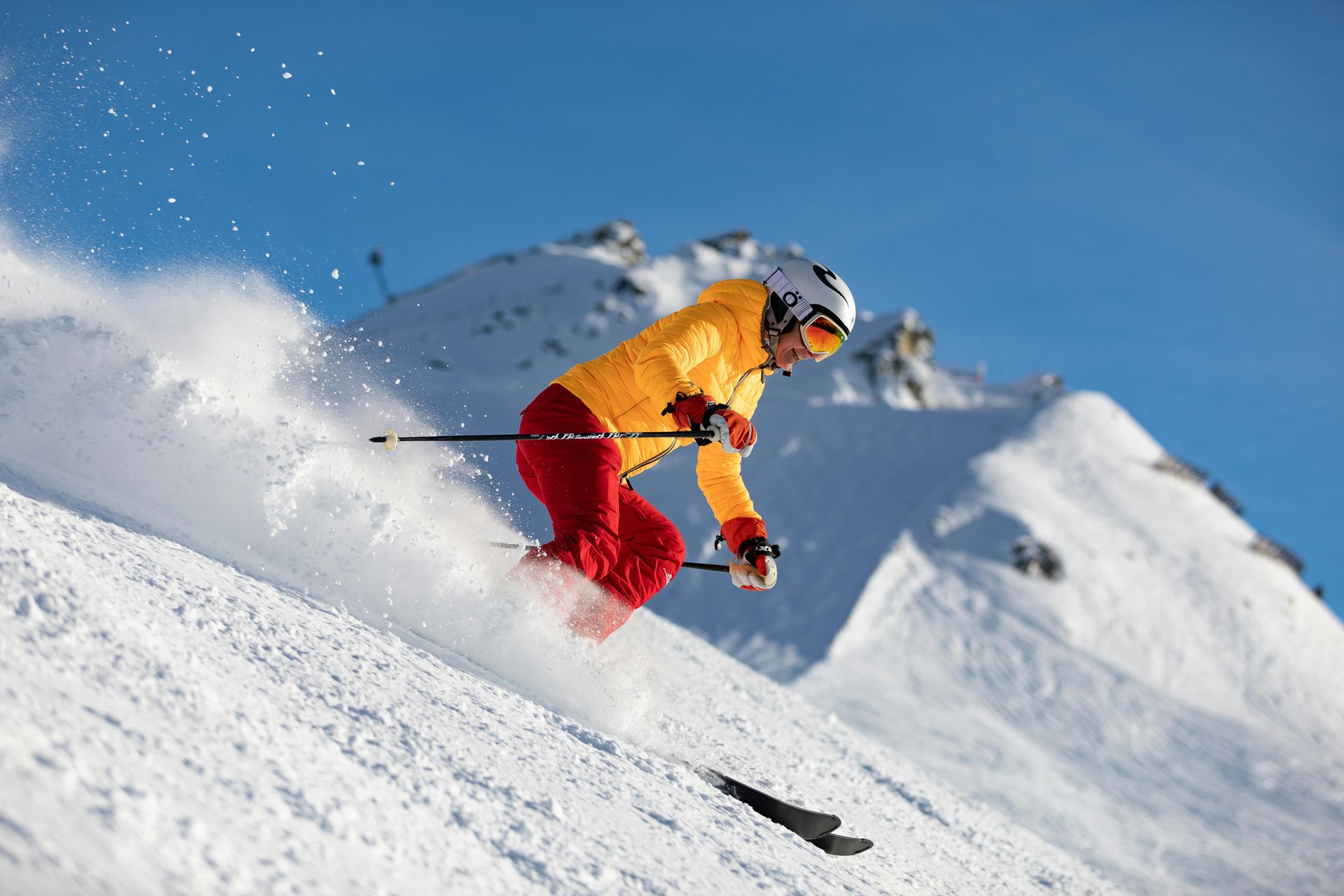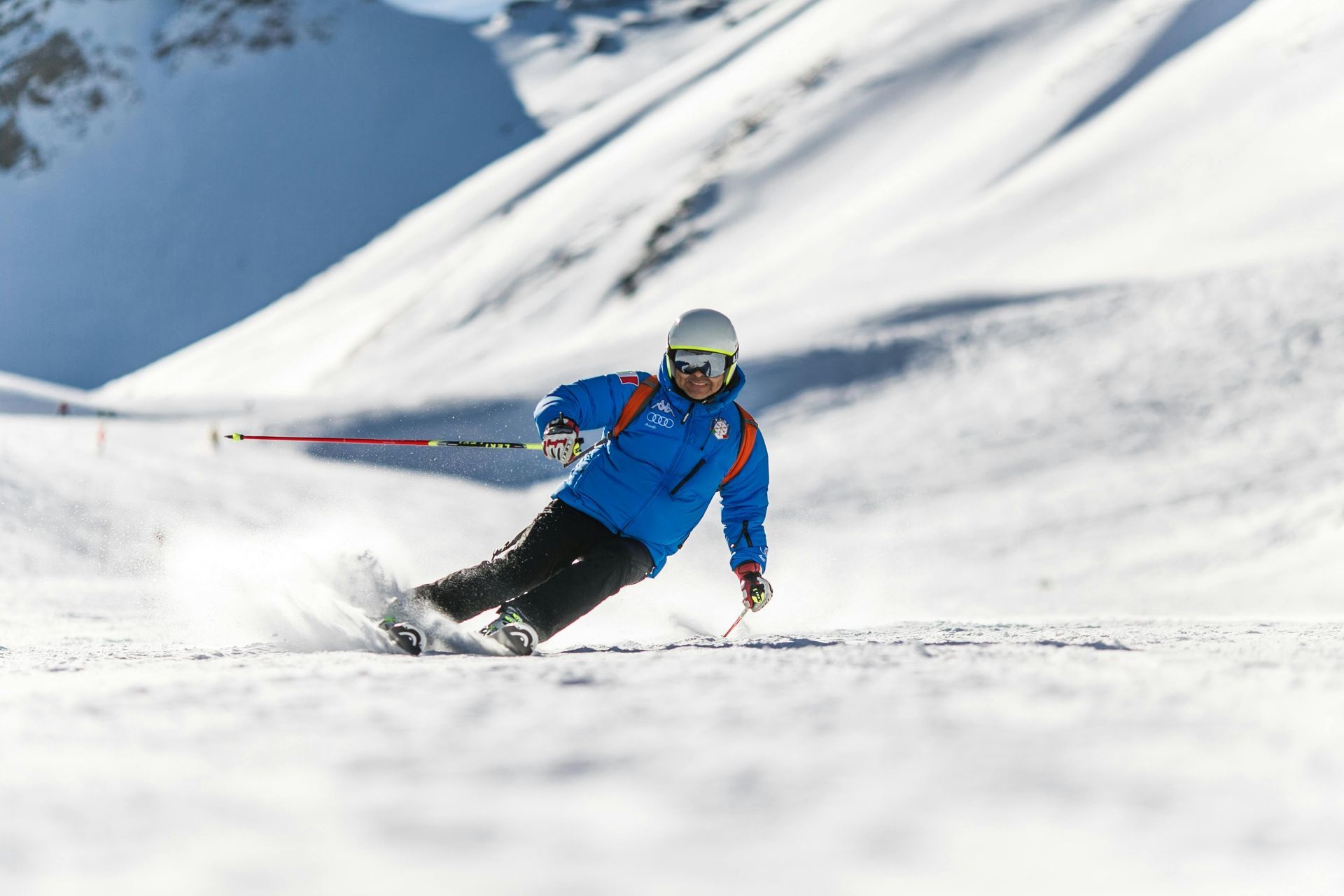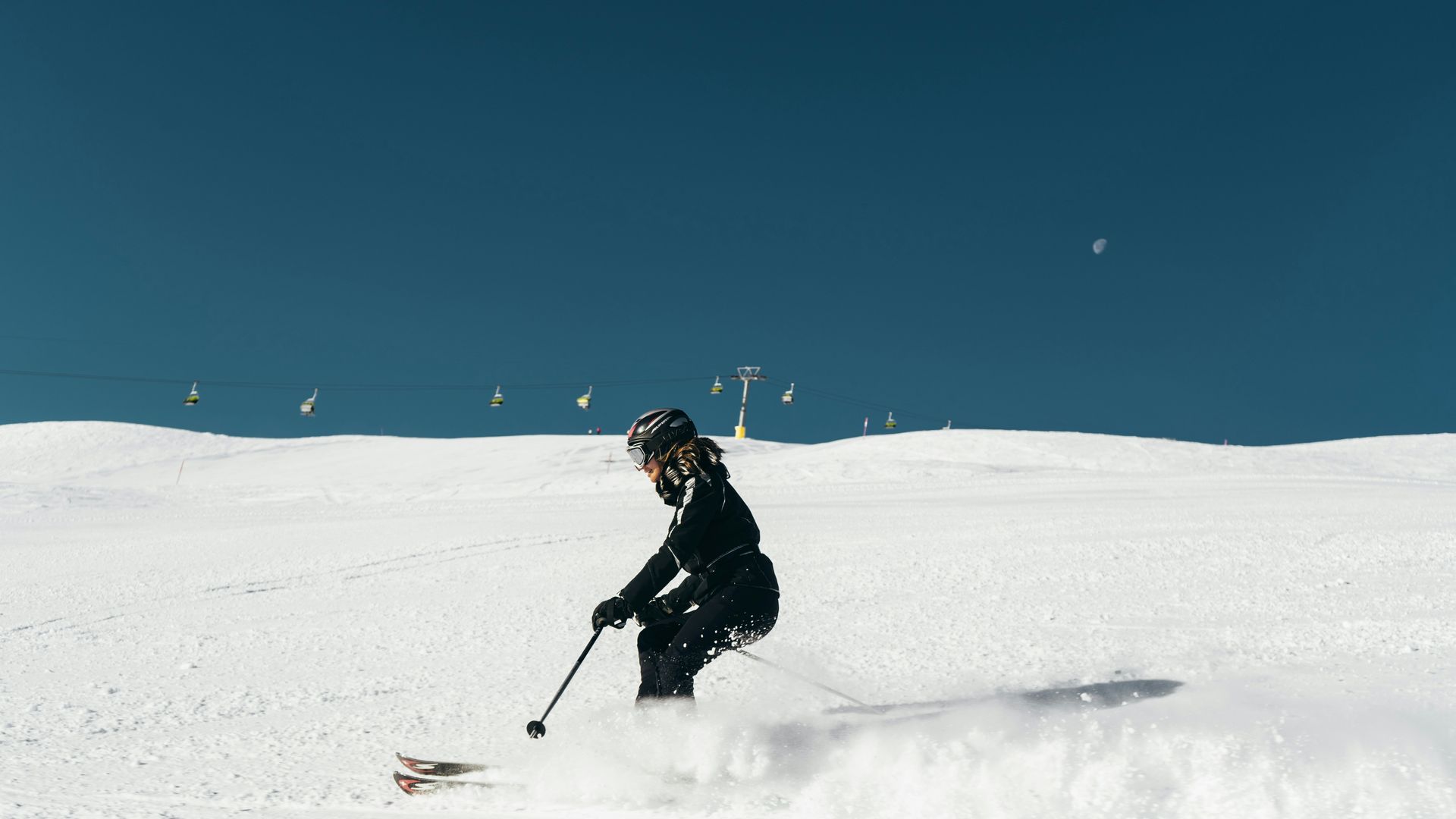Good Knee Stretches For Exercise and Fitness
Knee pain is one of the most common injuries out there and one most people will have to deal with at some point in their life, especially if they are regularly active in high impact sports like cycling, running or football.
The key to reducing knee pain is to strengthen the area and the muscles around it so that they are less likely to become fatigued due to overuse. The good news is there are several ways to treat knee pain, including stretching and strengthening exercises that you can do on your own.
In this article, we’ll walk you through some of the most effective exercises you can do to reduce knee pain. These stretches and exercises are designed to be accessible for as many people as possible but if you have a serious injury or knee problem, it’s worth consulting your GP or
knee consultant first to make sure you won’t end up worsening the problem or hurting yourself. Likewise, some of these stretches will help with knee replacements but it always worth gaining a professional opinion before doing any exercises.
That’s not to say that if you are injured, you shouldn’t exercise your knee. In fact, it is recommended you do this to avoid your knee stiffening which can make the pain even worse and reduce the amount you can actually move your leg. They can also help to strengthen your muscles so that your knee is under less stress and it can help with movement.
General Stretching Advice
Before performing these stretches, warm up with 5 to 10 minutes of light, low-impact activity or you can stretch after a workout. Keep your stretches gentle and slow and if you start to feel pain, stop. Don't bounce during the stretches and make sure to maintain consistent breathing throughout your stretches.
Standing Calf Stretch
- Stand placing hands on the wall for support. Place your feet pointing straight ahead, with the involved foot in back of the other. The back leg should have a straight knee and front leg a bent knee.
- Shift forward, keeping the back leg heel on the ground, so that you feel a stretch in the calf muscle of the back leg.
- Hold 45 seconds.
- Switch legs and repeat. Do this 2-3 times per leg.
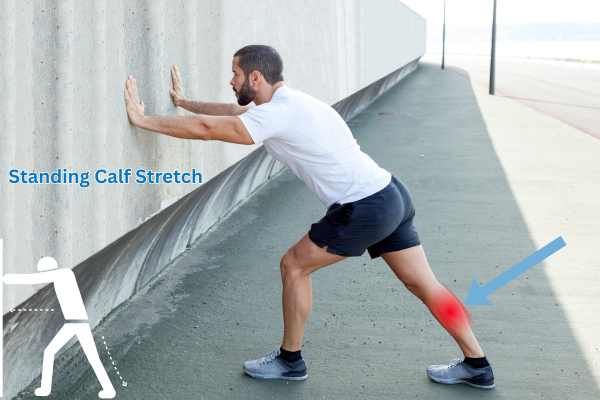
Quad stretch
NOTE : If you are doing these stretches with an injured knee, you can do the same process lying down.
- Stand with your feet hip-width apart.
- Grab your left ankle with your left hand and pull it toward your hip. You should feel the stretch in your left quad.
- Hold for 30 to 60 seconds.
- Switch sides and repeat.
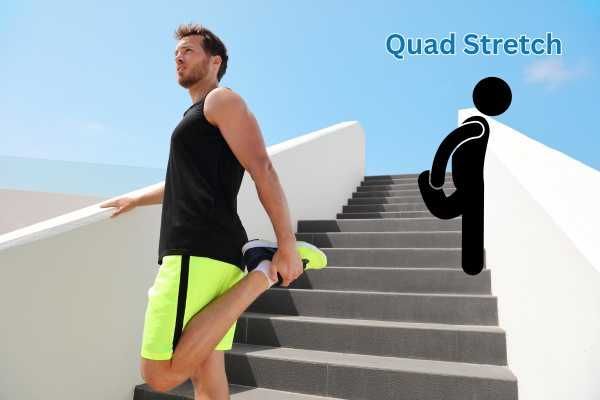
Hamstring Stretch
NOTE : For this stretch and others lying down, an exercise mat can be used to add cushioning under your back.
- Lie down on the floor and straighten both legs. Or, you can bend both knees with your feet flat on the floor if this is more comfortable for you.
- Lift one leg off the floor.
- Place your hands just below the knee, on your thigh, and gently pull your knee toward your chest until you feel a slight stretch.
- Hold for 30 seconds. If you start to feel pain at any point, stop.
- Lower and change legs.
- Repeat 2 times on each side.
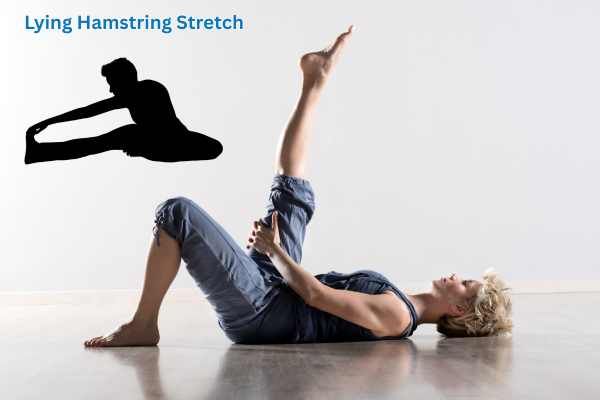
Standing Hamstring Stretch
NOTE : If the other hamstring stretch was too difficult or caused you pain, try this one. It’s easier and less likely to cause pain.
- Stand on your right foot with your left foot in front of you, heel on the floor, toes up.
- Hinge forward at your hips and bend your right knee as you sit back a bit.
- As you bend your right leg, keep your left leg completely straight with your weight on the edge of your heel.
- Hold for 30 to 60 seconds.
- Switch sides and repeat.
Half Squat
- Get into a standing squat position with your feet shoulder-width apart.
- Place your hands on your hips or out in front of you for balance.
- Look straight ahead and slowly squat down, about 10 inches. This is the halfway point to a full squat.
- Pause for a few seconds, then stand up by pushing through your heels.
- Do 3 sets of 10 repetitions.
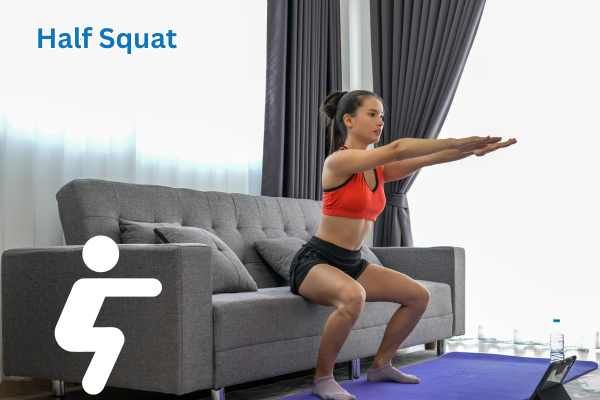
Knee pain is one of the most common injuries out there and one most people will have to deal with at some point in their life, especially if they are a sports or exercise enthusiast. The key to reducing knee pain is to strengthen the area and the muscles so that they are less likely to become fatigued due to overuse. If you start to notice something that isn’t quite right or are experiencing knee pain even while not working out, contact us for a knee consultation. We have experience with sports knee injuries and can help provide necessary support and help you find out what is wrong before the worst should happen.
